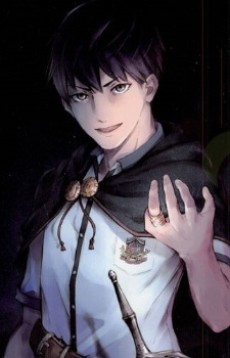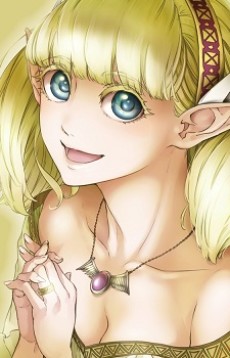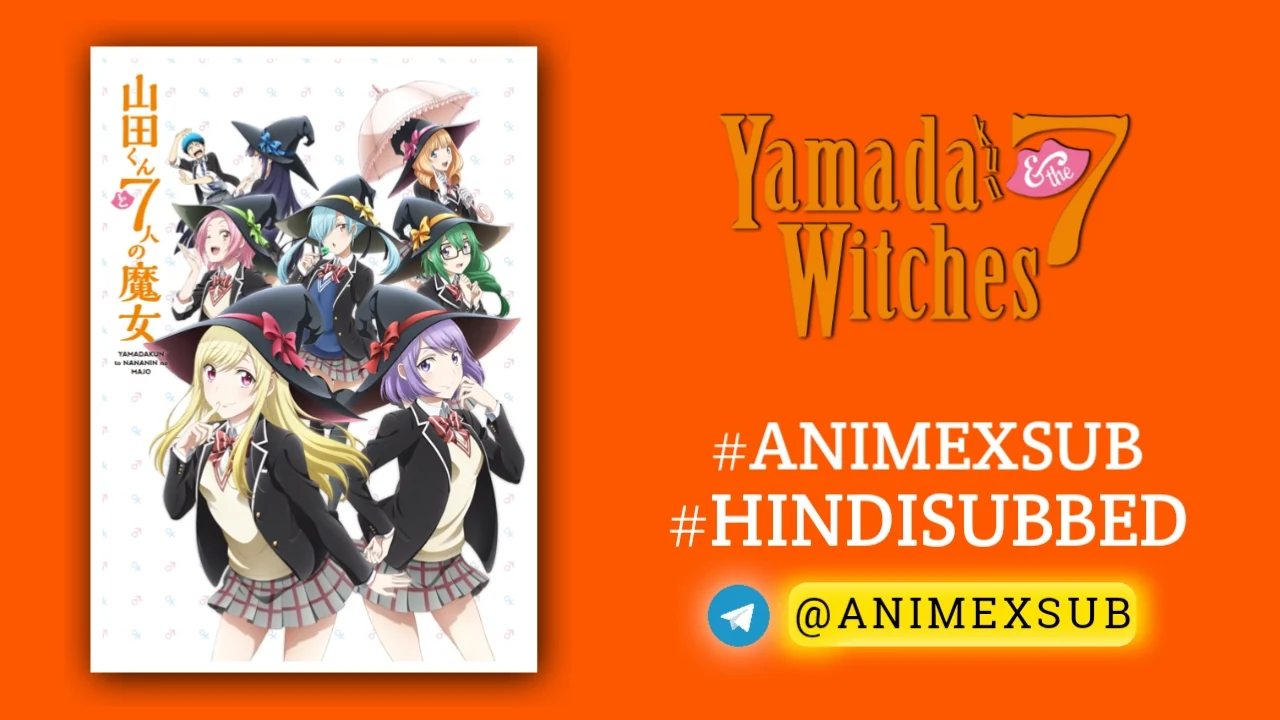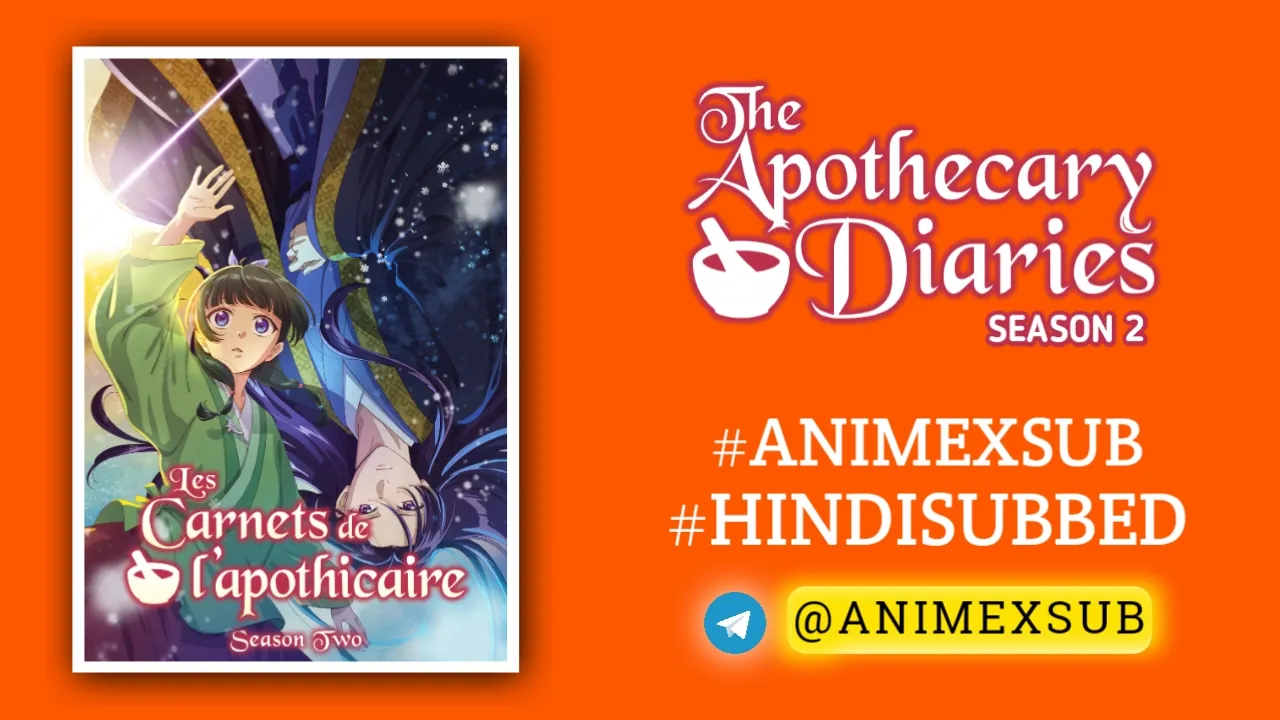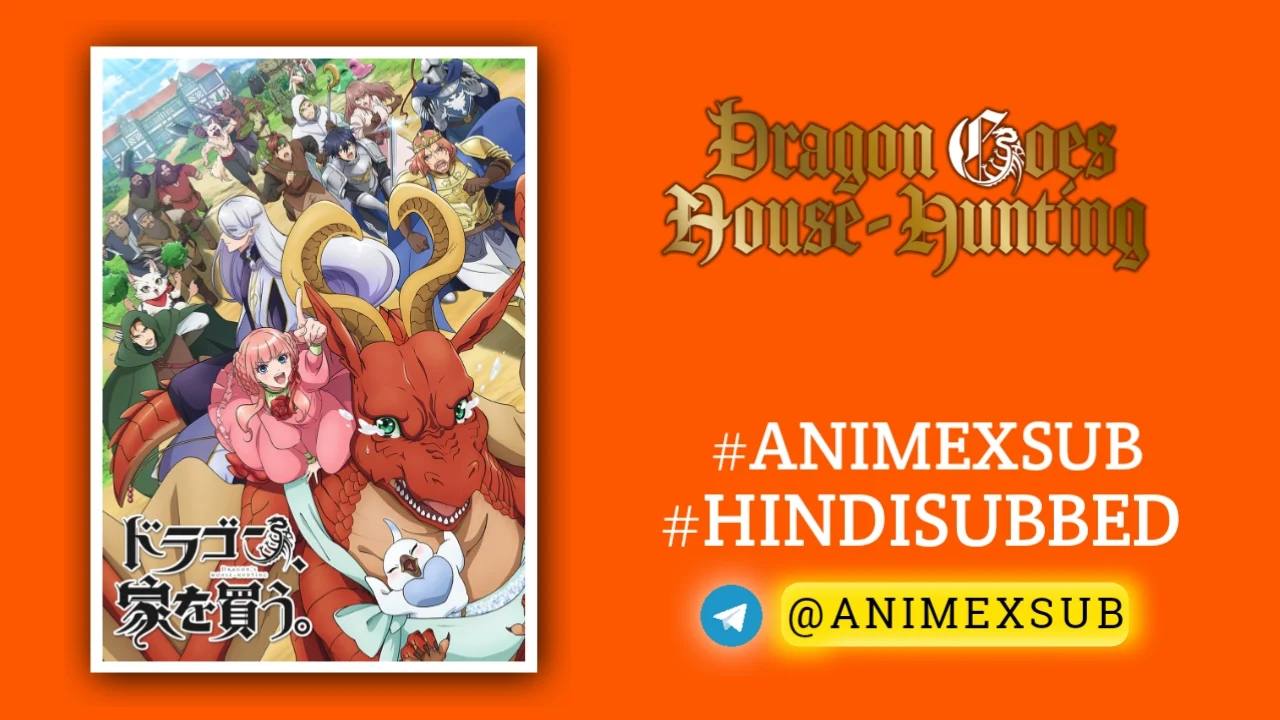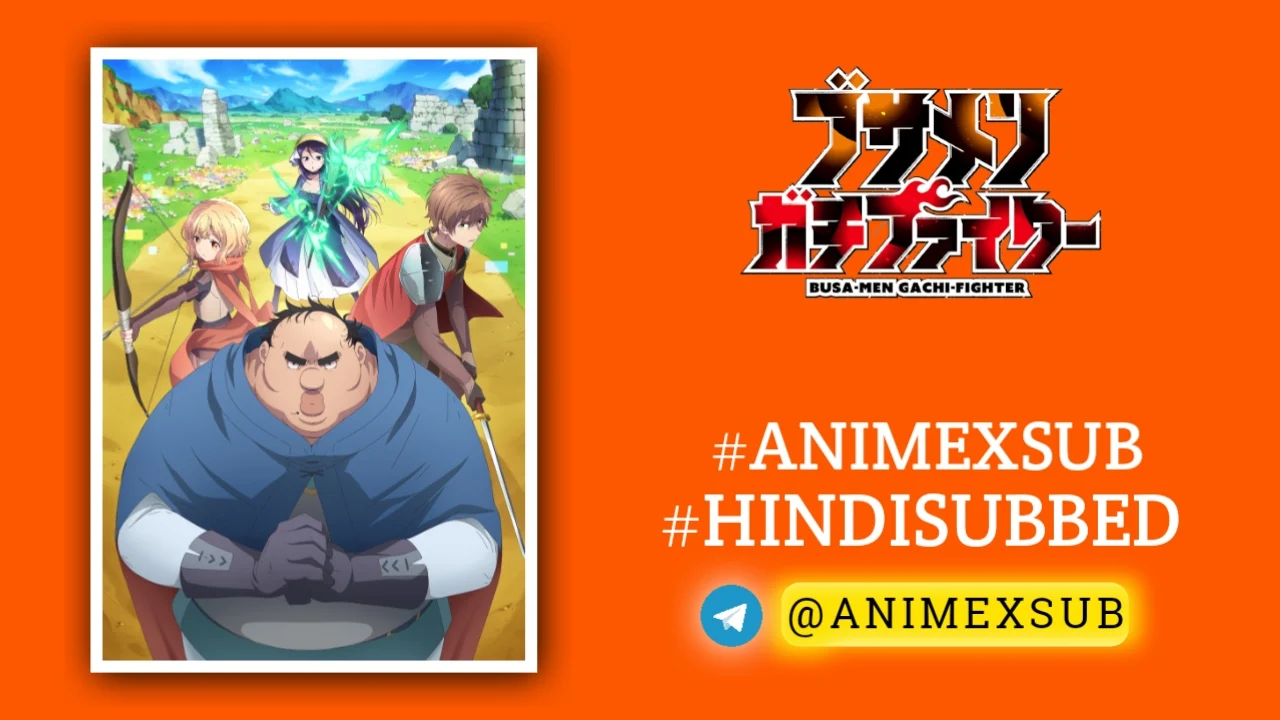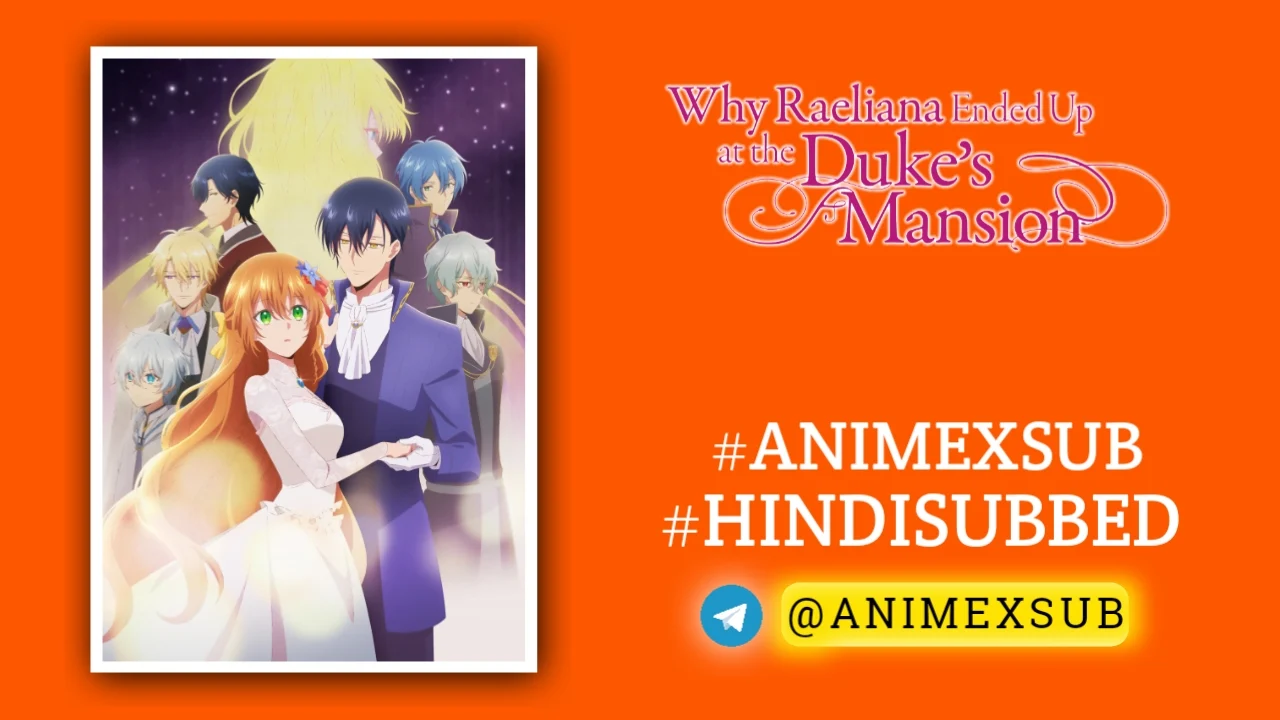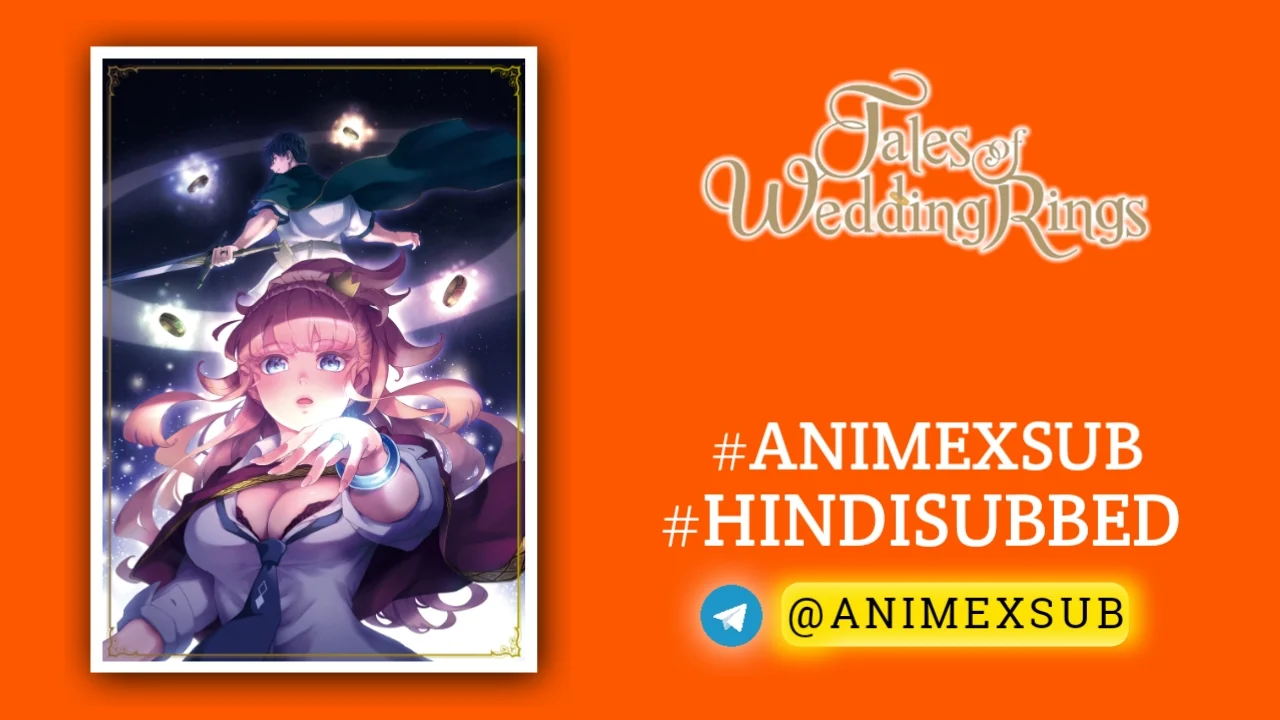
Tales of Wedding Rings Hindi Subbed [12/12] | Kekkon Yubiwa Monogatari Hindi Sub!!
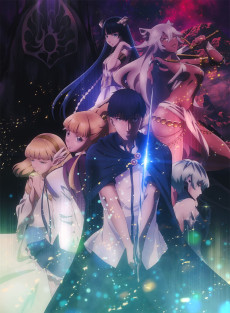
Kekkon Yubiwa Monogatari
Tales of Wedding RingsSynopsis
Satou is a high school boy in love with his best friend Hime, an unearthly beauty from another realm. So when she moves back to her home world to get married, Satou doesn’t think twice—he follows her and crashes the wedding. Then, after a kiss from Hime, he suddenly becomes the new groom! But here, Hime is a Ring Princess and her husband is destined to be the Ring King: a hero of immense power. (Source: Crunchyroll)
Watch Trailer
Characters
Tales of Wedding Rings Season 1: A Romantic Isekai Adventure That Balances Charm and Cliché
Tales of Wedding Rings (Kekkon Yubiwa Monogatari), the anime adaptation of Maybe’s manga, burst onto the scene in January 2024 with a 12-episode first season that blends isekai fantasy, romantic comedy, and harem elements. Directed by Takashi Naoya at Staple Entertainment, the series follows high schooler Haruto Satou, who chases his childhood crush, Hime, into a fantastical world where he inadvertently becomes the Ring King—a prophesied hero tasked with saving the world by marrying five princesses. Season 1, which aired on Crunchyroll with both subbed and dubbed options, has sparked a range of reactions for its ambitious premise, likable characters, and occasional stumbles into genre tropes. This review dives into what makes Tales of Wedding Rings Season 1 unique, its strengths, its shortcomings, and why it’s worth a watch for fans of romantic fantasy—while critically examining its execution.
A Familiar Yet Fresh Premise
At its core, Tales of Wedding Rings is an isekai harem anime, a genre that’s often criticized for leaning heavily on predictable formulas: an ordinary protagonist is whisked into a fantasy world, gains extraordinary powers, and attracts a bevy of love interests. The show doesn’t shy away from these roots but attempts to carve its own path through a heartfelt love story and a quest-driven narrative. Satou, a shy but determined teenager, follows Hime, his childhood friend and secret love, through a portal to her homeworld, where she’s about to marry a prince. When a demon attacks the ceremony, Hime impulsively kisses Satou and slips a magical ring onto his finger, making him her husband and the Ring King. His mission? To collect five magical rings by marrying the princesses who wield them, uniting their powers to defeat the Abyssal King.
What sets Tales of Wedding Rings apart from its peers is its attempt to ground the harem setup in emotional stakes. Unlike many harem protagonists who stumble into romance with little agency, Satou’s motivations are rooted in his genuine love for Hime. The show emphasizes their childhood bond, showing flashbacks of their time together in Japan, where Hime, a fugitive princess, hid from her world’s dangers. This foundation gives their relationship a sincerity that elevates the series beyond pure fanservice, though it doesn’t entirely escape the genre’s pitfalls.
Strengths: Characters, Chemistry, and Visual Flair
One of the standout elements of Season 1 is its character-driven storytelling. Rebecca Silverman from Anime News Network praises the characters’ body language and chemistry, noting how their interactions convey genuine affection and tension. Satou and Hime’s relationship feels authentic, with Satou’s earnestness balancing Hime’s regal yet vulnerable demeanor. The supporting princesses—introduced gradually across the season—each bring distinct personalities and cultural backgrounds, from the fiery Nephrites to the enigmatic elf princess Granart. Their unique designs and motivations hint at deeper world-building, though the season only scratches the surface of their respective kingdoms.
The animation, handled by Staple Entertainment, is another high point. The fantasy world is vividly realized with lush landscapes, ornate castles, and menacing abyssal creatures. Action sequences, particularly Satou’s light-based powers activated through the rings, are dynamic and colorful, with fluid choreography that keeps battles engaging. The show’s fanservice, while present (think bath scenes and occasional cleavage shots), is relatively restrained compared to other ecchi-heavy series, earning it an Older Teen rating. The art style, faithful to Maybe’s manga, blends detailed character designs with vibrant backdrops, making each episode visually appealing.
The voice acting, available in both Japanese and English dubs on Crunchyroll, enhances the experience. Gen Satô and Akari Kitô deliver heartfelt performances as Satou and Hime, respectively, while the English dub, featuring Corey Wilder and Ezra Vervin, captures the emotional nuance effectively. The soundtrack, composed by Satoshi Hōno, complements the tone with whimsical romantic themes and intense battle tracks, though it’s not particularly memorable.
Weaknesses: Lack of Originality and a Passive Protagonist
Despite its charms, Tales of Wedding Rings struggles with originality, a common critique among reviewers. As noted on IMDb, the series often feels like “traveling to a place you’ve been to several times,” recycling familiar isekai and harem tropes. The premise of marrying multiple princesses to save the world echoes series like To Love-Ru or The Master of Ragnarok, and while the show tries to differentiate itself with Satou’s devotion to Hime, it doesn’t fully escape the shadow of its predecessors. Some viewers, particularly on MyAnimeList, found the story predictable, with one review calling it “the most unoriginal isekai” they’ve read.
The protagonist, Satou, is a divisive figure. While his sincerity is refreshing, critics argue he’s too passive, accepting his role as Ring King without much resistance or personal growth. Unlike dynamic heroes who shape their destinies, Satou often follows the script laid out by prophecy, which can make him feel bland. This passivity undermines the stakes of his quest, as he rarely grapples with the moral or emotional complexities of marrying multiple women while loving Hime. TheReviewGeek’s critique is particularly harsh, calling Satou a “weak protagonist” and the storyline lackluster, giving episodes low scores (e.g., 2/5 for Episode 2).
The mythology also feels underdeveloped. The Abyssal King, the central antagonist, remains a vague threat for much of the season, with little exploration of his origins or motives. The world-building, while visually impressive, lacks depth in explaining the political dynamics of the kingdoms or the rings’ true power, leaving viewers wanting more substance.
Critical Reception and Fan Sentiment
Season 1 has elicited mixed reactions. On the positive side, Brandon Varnell from The Fandom Post praises the plot for avoiding some genre trends, appreciating its focus on adventure over pure harem antics. Manga News’ Takato calls it a “promising start,” highlighting the engaging story and likable characters. Fans on Goodreads echo this, with many giving the manga high ratings (4.6/5 for story and characters) for its entertaining mix of romance and fantasy. On X, some users, like @ProphetBrady_, initially found the manga’s early chapters “abysmal” but praised the later arcs as “immaculate peak fiction,” suggesting the story improves over time.
However, not all feedback is glowing. Aurélien Pigeat from Actua BD criticizes the series for potentially overusing familiar harem tropes, while some Goodreads reviewers lament Hime’s lack of agency, describing her as a “prize” rather than a fully realized character. IMDb reviews highlight the ecchi elements as a double-edged sword: entertaining for some but gratuitous for others, particularly in scenes that feel shoehorned in. TheReviewGeek’s overall assessment is scathing, calling the season “ambitious yet underwhelming” due to its weak narrative and protagonist.
Unique Aspects and Why It Stands Out
Despite its flaws, Tales of Wedding Rings Season 1 has unique qualities that make it a compelling watch. The show’s focus on Satou and Hime’s pre-existing relationship sets it apart from harem anime where connections feel superficial. Their emotional bond provides a narrative anchor, making the addition of other princesses feel like a necessary burden rather than a male fantasy indulgence. The season finale introduces a twist that shifts focus to the princesses’ strengths, hinting at a second season where they may evolve from supporting roles to warriors in their own right. This pivot suggests the series is aware of its tropes and aims to subvert them, a promising sign for its future.
The blend of humor, romance, and action also keeps the pacing brisk. Each episode introduces new challenges—whether battling abyssal creatures or navigating diplomatic tensions with other kingdoms—making the 24-minute runtime feel engaging. For fans of lighthearted escapism, the show delivers exactly what it promises: a fun, visually appealing adventure with just enough heart to keep you invested.
Looking Ahead to Season 2
The announcement of a second season, confirmed shortly after the March 23, 2024, finale, has generated buzz. With Miyu Tomita joining the cast as Morion, Hime’s younger sister, and the main staff returning, there’s potential for deeper exploration of the princesses’ roles and the world’s mythology. Fans are hopeful that Season 2 will address criticisms by giving Satou more agency and fleshing out the Abyssal King’s threat. Crunchyroll’s continued streaming support ensures accessibility, and the manga’s upcoming conclusion in its 15th volume (set for release in 2025) suggests a clear narrative endpoint to adapt.
Final Verdict: A Flawed but Endearing Adventure
Tales of Wedding Rings Season 1 is a mixed bag—an ambitious blend of romance, fantasy, and harem comedy that doesn’t always break new ground but shines through its character chemistry and visual appeal. It’s not revolutionary, and its reliance on familiar tropes and a passive protagonist may frustrate viewers seeking depth. However, its heartfelt central romance, engaging action, and hints of growth make it a worthwhile watch for fans of isekai and romantic comedies. If you’re looking for lighthearted escapism with a touch of adventure, it’s a solid addition to your watchlist. For those sensitive to ecchi or craving originality, it may fall short.
Rating: 7/10
Recommended for: Fans of isekai, harem anime, and romantic fantasies who enjoy character-driven stories and don’t mind predictable tropes.
Watch it on: Crunchyroll (subbed or dubbed) or purchase the Blu-ray for a physical copy, as recommended for anime collectors due to licensing concerns.
For more details, check out the manga on Yen Press or the anime’s official site. If you’re curious about pricing for premium streaming or physical copies, visit Crunchyroll or Amazon for the latest deals.
Support Our Anime Community!
Love watching the latest anime? Help us keep uploading new episodes by join telegram channel ❤️
Join Now!
